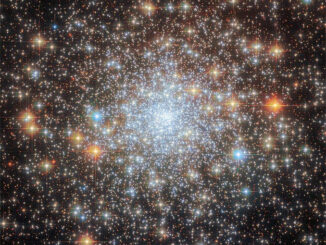
globular clusters

Picture This

Picture This

News

Picture This

News

Picture This

Picture This

Picture This

Picture This

News
